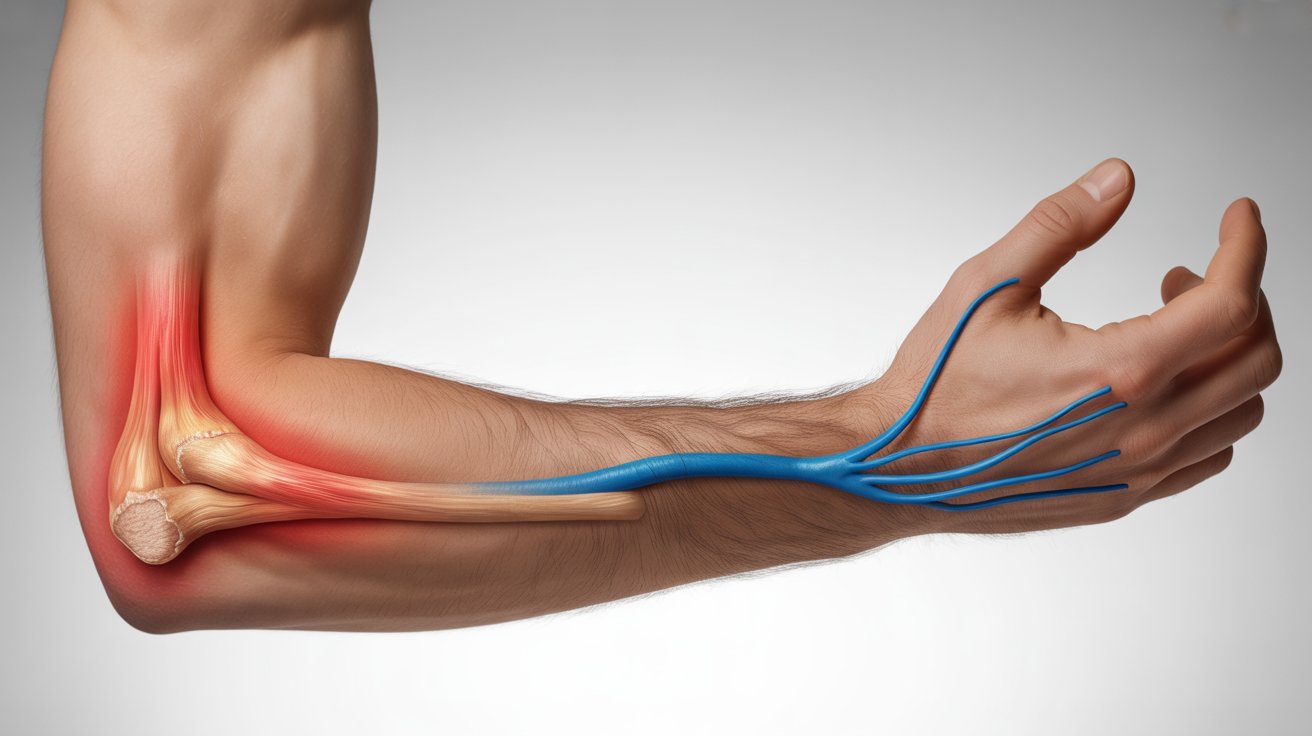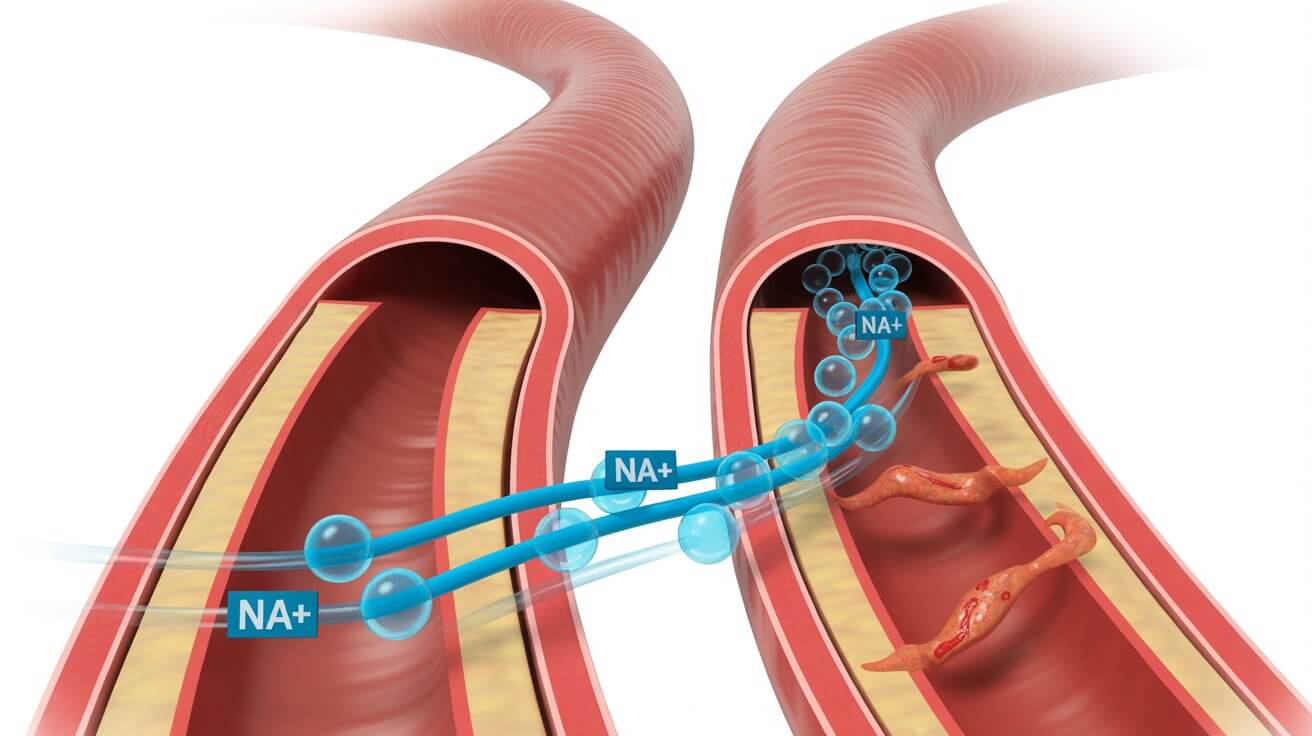It often starts subtly. Maybe it’s the frustration of a menstrual cycle that never seems to find a rhythm, showing up unexpectedly or disappearing for months. Or perhaps it’s the unwelcome return of acne, long after teenage years should have ended. For many women, these seemingly disconnected issues are confusing and isolating. They are often told it’s “just stress” or something they have to live with. However, these could be important signs of PCOS (Polycystic Ovary Syndrome), one of the most common, yet frequently misunderstood, hormonal disorders affecting women today.
What Is PCOS, Really?
Polycystic Ovary Syndrome is more than just a problem with periods or cysts on the ovaries—in fact, many women with PCOS don’t even have cysts. At its core, PCOS is a hormonal and metabolic condition. It’s primarily characterized by a hormonal imbalance, leading to elevated levels of androgens, which are often called “male hormones” but are present in all women in small amounts.
This hormonal imbalance disrupts the process of ovulation. Instead of an egg being released each month, the follicles (the small sacs in the ovaries that contain eggs) may not mature properly. This can lead to irregular cycles and difficulties with fertility. Furthermore, many women with PCOS also have insulin resistance, a condition where the body’s cells don’t respond effectively to insulin. This forces the pancreas to produce more insulin, which in turn can signal the ovaries to produce even more androgens, creating a challenging cycle.
Want to keep your heart strong and healthy? Explore our eBook: Hypertension Made Simple – Everything You Need to Know for a Healthier Blood Pressure and discover practical steps to support lifelong wellness.
5 Subtle Signs of PCOS You Might Be Missing
Because PCOS affects multiple body systems, its symptoms can be widespread and easy to dismiss individually. Recognizing the pattern is key.
1. Unwanted Hair Growth (Hirsutism)
Fine, dark hair appearing on the face (chin, upper lip), chest, back, or abdomen is a classic sign of high androgen levels.
2. Persistent Acne and Oily Skin
Hormonal fluctuations, particularly high androgens, can increase sebum production, leading to clogged pores and cystic acne, especially along the jawline.
3. Thinning Hair on the Scalp
While hair may grow in unwanted places, it can simultaneously thin on the head, similar to male-pattern baldness.
4. Unexplained PCOS Weight Gain
Insulin resistance makes it much harder for the body to manage weight. Many women with PCOS find they gain weight easily, particularly around their midsection, despite a healthy diet and exercise. This is one of the most common PCOS symptoms.
5. Skin Darkening (Acanthosis Nigricans)
Dark, velvety patches of skin, often in body folds like the neck, groin, or under the arms, can be a visible sign of insulin resistance.
How to Manage Your Hormonal Imbalance
Receiving a PCOS diagnosis can feel overwhelming, but it’s also the first step toward regaining control. Management is not about a single “cure” but about a holistic approach to lifestyle that addresses the root hormonal and metabolic imbalances.
Focus on a Balanced Diet
To help manage insulin resistance, prioritize whole foods that don’t cause rapid spikes in blood sugar. This includes lean proteins, healthy fats (like avocado and olive oil), and high-fiber carbohydrates (vegetables, legumes, and whole grains).
Incorporate Regular Movement
Exercise is crucial for improving the body’s sensitivity to insulin. A combination of cardiovascular activity (like brisk walking or cycling) and strength training is often recommended. The key is consistency, not intensity.
Prioritize Stress Reduction and Sleep
Chronic stress can worsen hormonal imbalances. Incorporating practices like yoga, meditation, or simply making time for hobbies can help manage cortisol levels. Quality sleep (7-9 hours) is also essential for hormone regulation.
Struggling with hot flashes or prepping for menopause? Discover science-backed, natural ways to stay cool—without hormones.
👉 Read next: Non-Hormonal Menopause Relief 2025: Proven Natural Solutions to Beat Hot Flashes
Taking the First Step
Understanding that your struggles have a name—PCOS—can be incredibly validating. It’s a sign that what you’re experiencing is real and manageable. By learning to recognize the signs of PCOS and adopting lifestyle strategies that support your body’s unique needs, you can move from a place of confusion to one of empowerment, managing your symptoms and improving your long-term health.
Medical Disclaimer: This content is for educational purposes only and does not replace professional medical advice, diagnosis, or treatment. Always consult your physician or a qualified healthcare provider with any questions about a medical condition.
Source & Further Reading
This article is based on the evidence-based clinical practice guidelines for Polycystic Ovary Syndrome provided by the Endocrine Society. For a more detailed, scientific perspective on the diagnosis and treatment of PCOS, the full guideline is an excellent resource.
- Legro, R. S., Arslanian, S. A., Ehrmann, D. A., Hoeger, K. M., Murad, M. H., Pasquali, R., & Welt, C. K. (2013). Diagnosis and treatment of polycystic ovary syndrome: an Endocrine Society clinical practice guideline. The Journal of Clinical Endocrinology and Metabolism, 98(12), 4565–4592.
https://www.ncbi.nlm.nih.gov/pmc/articles/PMC5399492/









